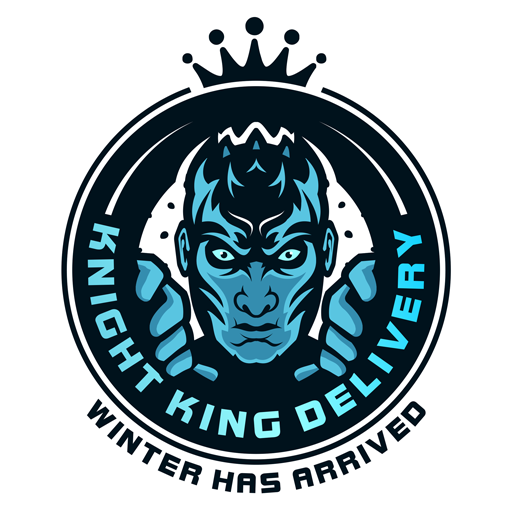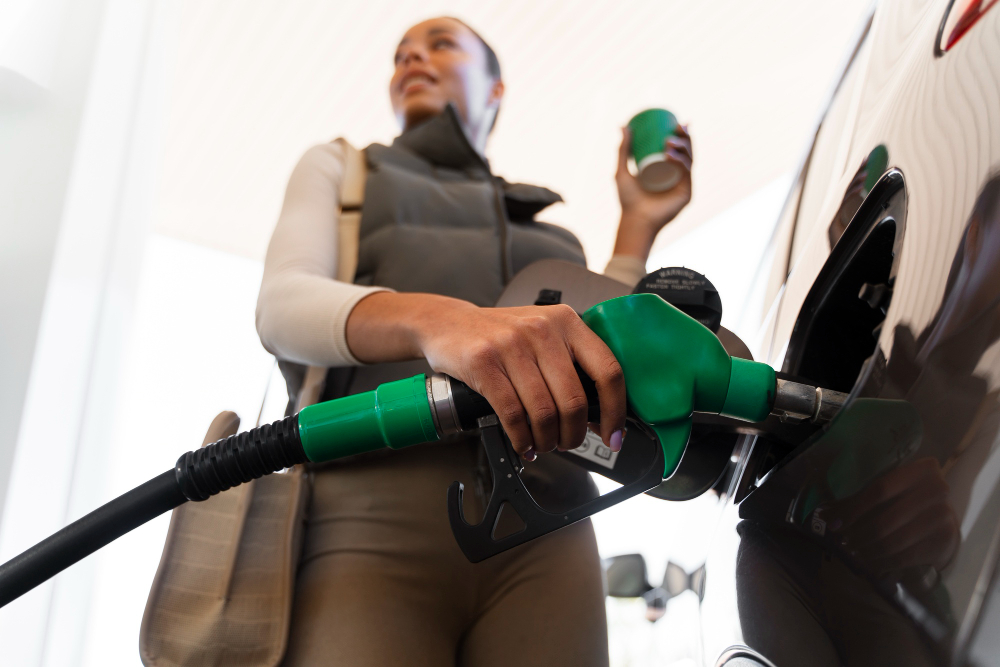We use them every time we stop for gas, yet few people ever think about the fuel nozzle — the hardworking device that delivers fuel from the pump to your tank. While it may seem like a simple tool, the fuel nozzle is a finely engineered piece of equipment designed for safety, efficiency, and convenience. Whether you’re filling a family sedan or fueling a commercial fleet, this often-overlooked component plays a critical role in keeping the world moving.
What Is a Fuel Nozzle?
A fuel nozzle is the dispensing end of a fuel pump. It’s the part you physically handle when fueling up at a gas station. Its main job is to transfer fuel safely from the dispenser into the vehicle’s fuel tank, while preventing overflows and leaks.
Fuel nozzles are used for:
- Gasoline and diesel at consumer fuel stations
- Aviation fuel
- Marine fueling
- Industrial and agricultural equipment
Depending on the application, nozzles may differ in size, flow rate, safety features, and fuel compatibility.
How Does a Fuel Nozzle Work?
A modern fuel nozzle is designed to be easy to use, but it’s built with sophisticated internal components:
1. Automatic Shut-Off Mechanism
Ever wonder how the nozzle “knows” when your tank is full? That’s due to a small vacuum sensor inside the nozzle. As fuel flows, air is drawn through a small tube near the tip. When the fuel level rises and blocks this airflow, it creates a vacuum that triggers a mechanical valve to shut off the nozzle automatically — preventing spills.
2. Trigger and Flow Control
The user controls fuel flow with a hand trigger. Inside, a spring-loaded valve opens when the trigger is squeezed and closes when released. Many nozzles also feature a lock-on clip so you can fuel hands-free (though some stations disable this for safety reasons).
3. Safety Features
Fuel nozzles are built to withstand high flow rates, flammable liquids, and harsh weather. Many are grounded to prevent static discharge and have breakaway couplings to detach safely if a vehicle drives away with the nozzle still inserted.
Types of Fuel Nozzles
There are various types of nozzles designed for different fuels and settings:
- Standard Gasoline Nozzles – Found at every consumer gas station.
- Diesel Nozzles – Larger diameter to prevent misfueling.
- High-Flow Nozzles – Used for trucks and heavy equipment.
- Aviation Nozzles – Specialized to prevent sparks and contamination.
- Automatic vs. Manual – Most are automatic shut-off, but some manual nozzles are used in industrial settings.
Why Fuel Nozzles Matter
Fuel nozzles are more than just a delivery tool — they are a frontline safety and efficiency component in fuel systems. A malfunctioning or poorly designed nozzle can cause:
- Fuel spills
- Overfilling
- Fire risks
- Equipment damage
As vehicle technology and fuel types evolve (including biofuels, CNG, and hydrogen), nozzle design continues to adapt. Even in the age of EVs, fuel nozzles remain vital for global logistics, aviation, marine transport, and agriculture.
Conclusion
The fuel nozzle may seem like a small piece of the fueling puzzle, but it’s a critical link between energy and mobility. It blends smart mechanical engineering with real-world practicality — a perfect example of design that works quietly, efficiently, and reliably every day. So, the next time you fill up, take a second to appreciate the humble nozzle that gets the job done.








